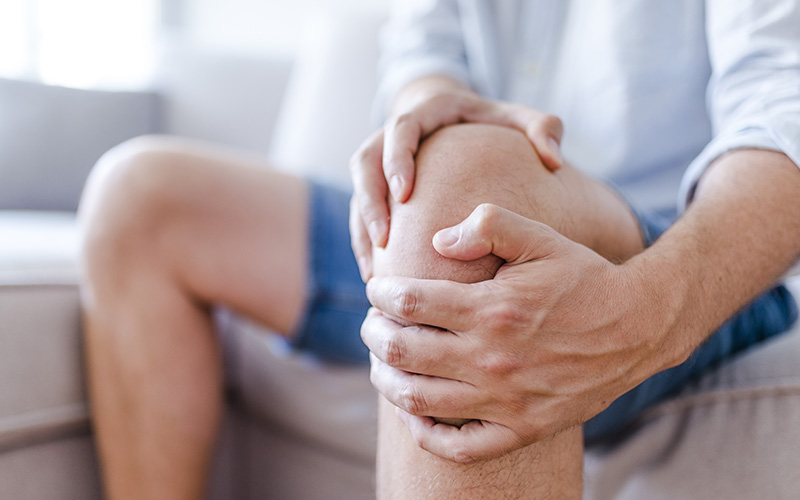
Knee pain is commonly seen in the physical therapy clinic, especially anterior knee pain. This syndrome is typically explained as pain below the kneecap, in the front of the knee, which is felt during knee flexion movements, such as squatting or descending stairs. PFPS is due to poor patellar tracking during knee flexion and extension movements.
The patella may experience poor tracking due to a muscular imbalance between the Vastus Medialis Oblique (VMO) muscle and the Vastus Lateralis (VL) muscle. Typically, the VMO is the weaker muscle, creating a lateral tracking patella.
Strengthening the VMO has shown improvements in the muscle balance and a decrease in pain. The VMO can be strengthened in open-chain (non-weight bearing) and closed-chain (weight-bearing) positions, with closed-chain proving to be the most effective.2
The best open-chain exercise for strengthening the VMO includes a seated knee extension exercise with medial/internal rotation of the lower leg. Whereas the best closed-chain exercise for strengthening the VMO includes double-leg squats with lateral/external rotation of the lower leg.2
In an event where the imbalance points to weakness of the VL, lateral hip muscle strengthening (hip abductors and external rotators) is beneficial to improve the muscle strength ratio.1
Exercises include:
Sidelying/Standing Hip Abduction
Clamshells
References:
- Chen S, Chang WD, Wu JY, Fong YC. Electromyographic analysis of hip and knee muscles during specific exercise movements in females with patellofemoral pain syndrome: An observational study. Medicine (Baltimore). 2018;97(28):e11424. doi:10.1097/MD.0000000000011424
- O’Sullivan SP, Popelas CA. Activation of vastus medialis obliquus among individuals with patellofemoral pain syndrome. J Strength Cond Res. 2005;19(2):302–304. doi:10.1519/1533-4287(2005)19[302:AOVMOA]2.0.CO;2

